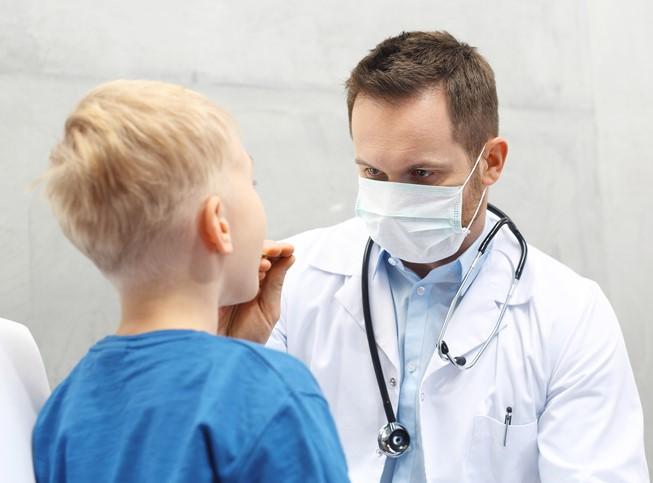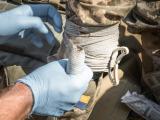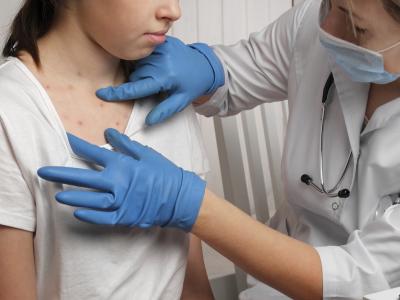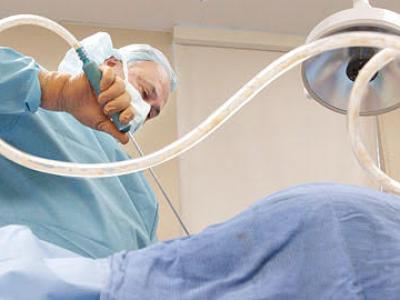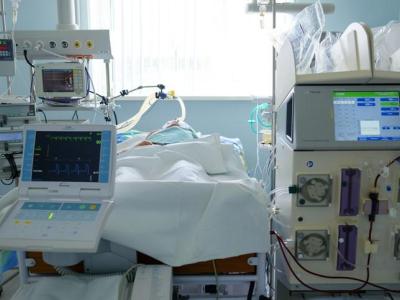New research today in JAMA Pediatrics suggests that non-children's hospitals are falling behind children's hospitals when it comes to proper antibiotic prescribing for children hospitalized with community-acquired pneumonia (CAP).
In a retrospective analysis of two hospital billing databases, a team of researchers looked at antibiotic prescribing for children with CAP at both types of hospitals over a 7-year period and found that 61% of children admitted to children's hospitals received guideline-concordant therapy, compared with only 27% at non-children's hospitals. "This gap is concerning, because approximately 70% of children hospitalized with pneumonia receive care in non-children's hospitals," the authors of the study write.
The authors say the discrepancy may represent an important target for antimicrobial stewardship efforts, as pneumonia is the most common indication for antibiotic use in hospitalized children.
Guidelines promote narrow-spectrum antibiotics
The guidelines for pediatric CAP treatment, published in 2011 by the Pediatric Infectious Diseases Society and the Infectious Diseases Society of America, recommend penicillin, amoxicillin, and ampicillin as first-line antibiotics for children hospitalized with mild-to-moderate illness. These recommendations were made to reduce inappropriate use of broad-spectrum agents, such as macrolides, in pediatric CAP treatment.
In children's hospitals, the guidelines appear to be having an impact. A 2017 study in Pediatrics found that publication of the guidelines was associated with significant and sustained increases in the use of penicillins for children hospitalized with CAP in 28 children's hospitals. But no similar studies have been conducted at non-children's hospitals.
For today's study, researchers from Children's Hospital of Philadelphia, the University of Pennsylvania School of Medicine, and C.S. Mott Children's Hospital at the University of Michigan analyzed billing data on children (aged 1 to 17 years) who were admitted to children's and non-children's hospitals with uncomplicated CAP and discharged from Jan 1, 2009, through Sep 30, 2015, received an antibiotic, and had an overnight stay. Children with severe or complicated CAP, complex chronic conditions, or infection or colonization with methicillin-resistant Staphylococcus aureus were excluded.
The researchers then calculated the probability of guideline-concordant therapy—defined as receipt of penicillin, ampicillin, or amoxicillin during the admission—in both settings before and after publication of the guidelines.
Overall, the researchers identified 120,238 children with CAP discharged from 51 children's hospitals (65,209 children) and 471 non-children's hospitals (55,029 children) during the study period. In both settings, guideline-concordant prescribing increased over time, with a significant increase after the guidelines were released.
In children's hospitals, the modeled probability of guideline-concordant therapy increased from 0.25 (95% confidence interval [CI], 0.15 to 0.34) immediately before guideline release to 0.61 (95%CI, 0.56 to 0.66) at study end. In non-children's hospitals, the probability of guideline-concordant prescribing increased from 0.06 (95% CI, 0.04 to 0.08) to 0.27 (95% CI, 0.20 to 0.35). Post-guideline trajectories were similar between hospital types.
The authors say the reasons for the difference in guideline-concordant prescribing are unknown but not likely to be attributed to differences in study populations.
See also:
Dec 10 JAMA Pediatr study
April 2017 Pediatrics study
